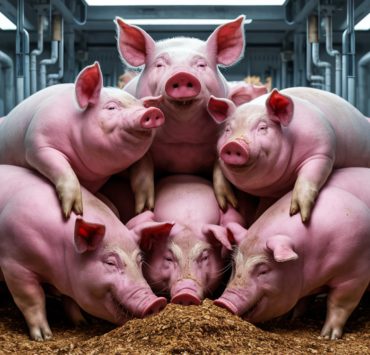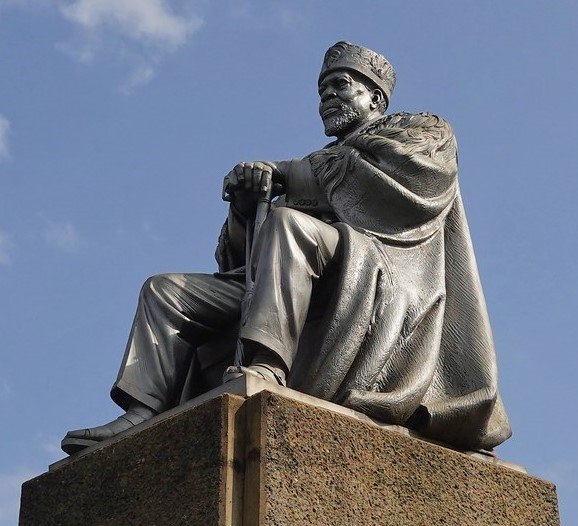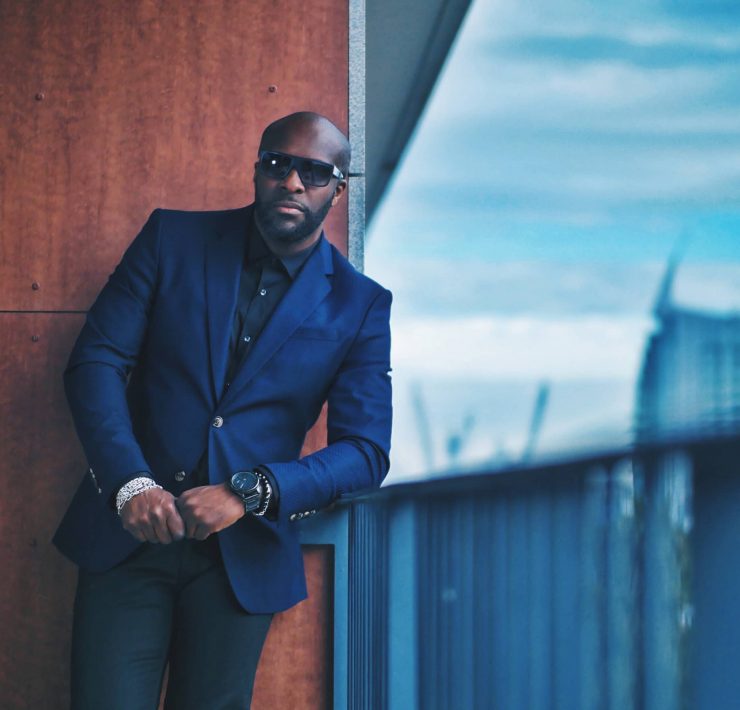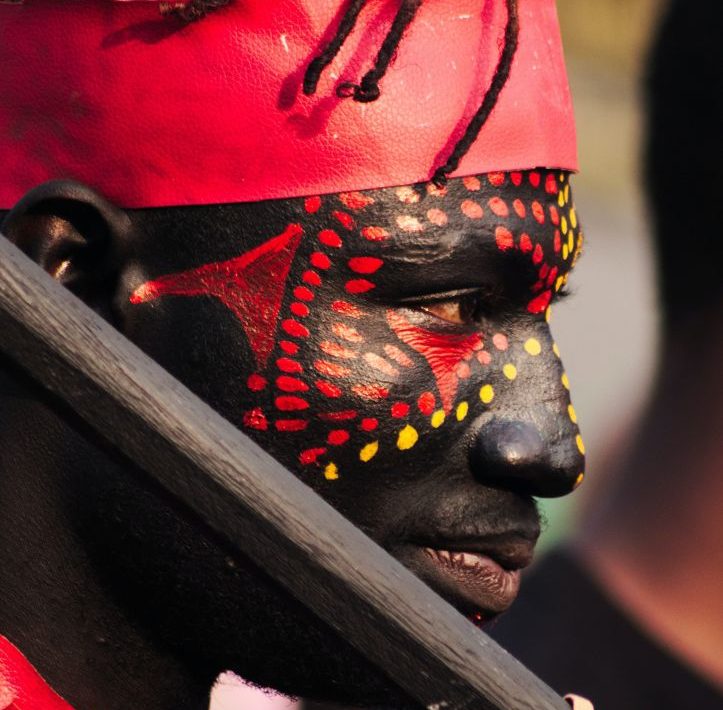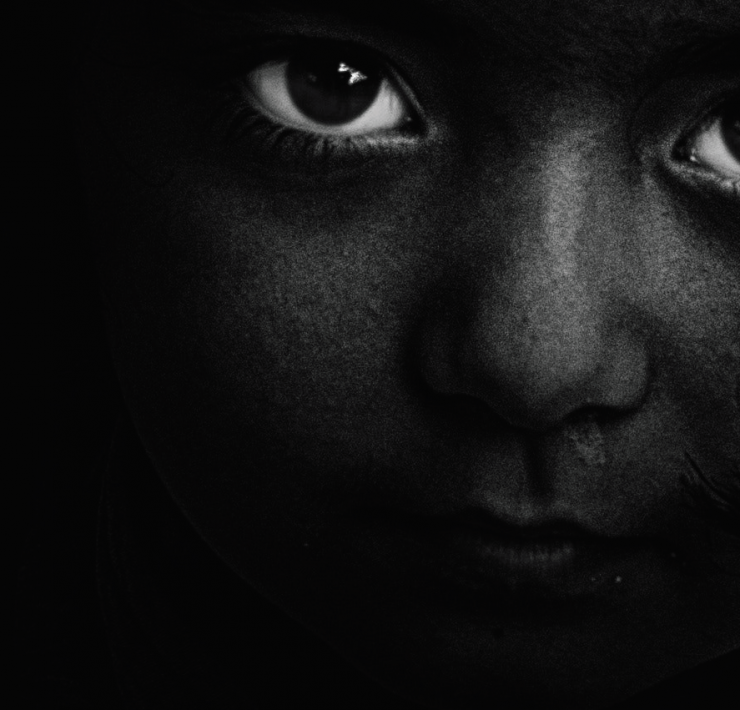The History of the Kenya National Anthem
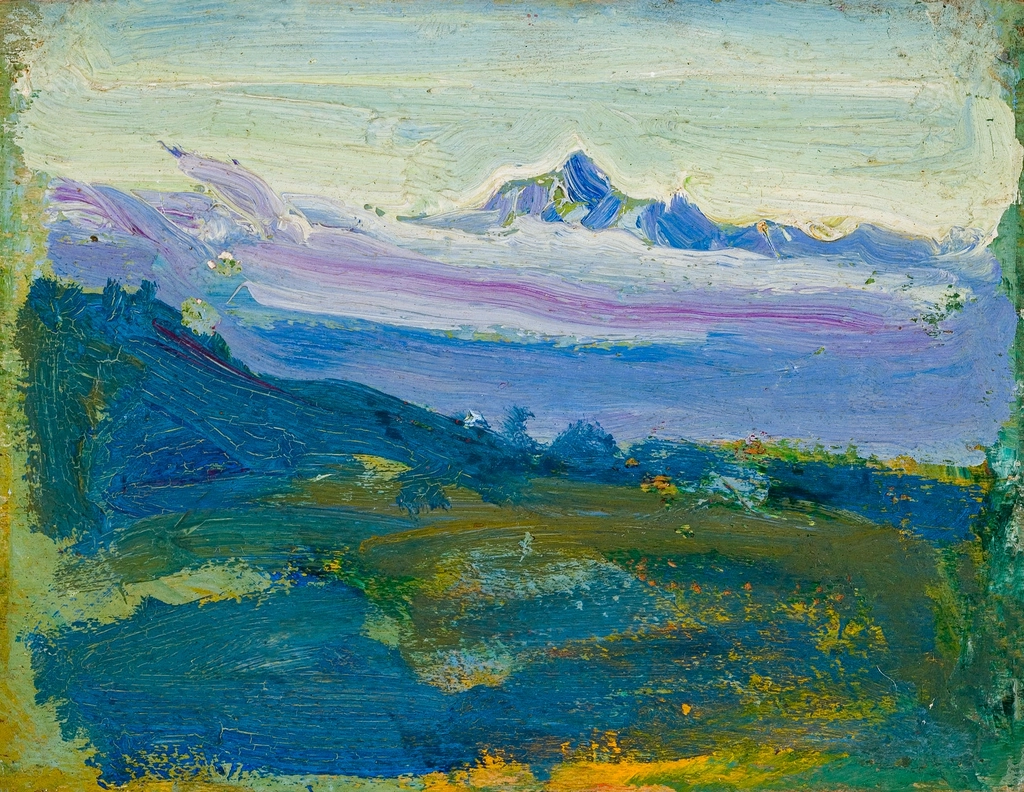
Author and administrator of Gĩkũyũ Centre for Cultural Studies, Kĩgongona…
The Video shows Members of the Cabinet visiting the home of the Prime Minister, Jomo Kenyatta, in 1963 where they heard three versions of the National Anthem and tried to select a final version.
“Ee Mungu Nguvu Yetu” (English: “O God, our strength”) is the national anthem of Kenya. It was originally composed in Kiswahili, the national language. Kenya’s National Anthem was prepared by local people. The commission included five members and was headed by the Kenya Music Adviser Mr. Graham Hyslop. It was based on a traditional tune sung by Pokomo mothers to their children.
The anthem is notable for being one of the first national anthems to be specifically commissioned. It was written by the Kenyan Anthem Commission in 1963 to serve as the anthem after independence from the United Kingdom. It was expected that the lyrics would express the deepest convictions and the highest aspirations of the people as a whole.
The National Anthem was prepared by a five-member commission headed by the then Kenya Music Adviser, Mr. Graham Hyslop, with Mr. G. W. Senoga-Zake, Mr. Thomas Kalume, Mr. Peter Kibukosya and Mr. Washington Omondi as members.
This method of preparing a national anthem was completely new in Africa. It was the first time a group of local musicians were given the task of preparing an anthem for consideration by the Government.
In presenting the anthem, the commission noted that it had to reflect the idioms of the traditional music of Kenya. As such, many tunes from various parts of the country were considered, and it was by no means easy to find those which would fulfil all the demands made in the context of their use as a National Anthem.
The tune had to be of the right length and quality, yet possesing the neccessary dignity. It had to be of such character as to make the writing of suitable words manageable and this was complicated since the Commission set out to provide words in Swahili and English. The tune also had to lend itself to appropriate harmonisation and orchestration for performance by a military band, without impairing the original tonality of the melody.
While in Uganda and Nigeria the composition of their National anthem had been opened to public competition the Kenyatta Cabinet had decided to take another route.
It was Minister for Constitutional Affairs Tom Mboya, who advised the Cabinet to shelve plans for a national competition for two reasons. The first, according to Cabinet records, the whites might enter the competition and win! And lastly, there was no time. Mboya, then only 33, had been picked to head the ministerial sub-committee to coordinate Independence celebrations. In the beginning, he was asked by the Cabinet to set up a committee of musical experts “to consider the form and method of organising a public competition for a national anthem.”
In the first few weeks, Mboya found that it was becoming hard to reach a consensus on a suitable national anthem. He told the Cabinet in a new brief that they should not open the anthem to competition because of the risk that it might be won by a European.
“I understand that in Nigeria two separate competitions were held, each of which provided very substantial prizes for words and for the music separately. In the event the competition for the words was won by a European secretary employed in Kampala and for the music by an English woman who had not visited Nigeria”. Cabinet minutes quote Mboya saying. “This I believe gave rise to considerable criticism in Nigeria and we should certainly avoid a similar occurrence in Kenya.”
Mboya had sat with his friend, Graham Hyslop, who was Inspector of Music, and they picked a small team to come up with a national anthem. Interestingly, Mr. Hyslop was never told about the white fears. But in the Cabinet, it was no coincidence that the tune picked for the national anthem originated from a Pokomo lullaby.
The Mboya committee for the national anthem included Thomas Kalume, a music teacher at St Pauls Theological College (he later became an MP) and is credited as the man who floated the idea that first stanza of the national anthem start with “Oh God of all Creations…”. The other was a Ugandan resident in Kenya, Dr George Zenoga Zake, first East African to enroll for the prestigious Licentiate of Royal Schools of Music (LRSM) in 1956. He later became a professor of music at Kenyatta University.
Also in the team was Nat Kofsky, a director East Africa conservatoire of Music, Mr Peter Kibukosya, a music teacher at Eregi teachers College who had graduated from Mills College and Queens University, Belfast. Another was Dr Washington Omondi, a music graduate from Edinburg University and an expert.
With the tune accepted, Kenyatta was not happy with the second verse and asked the Commission to revise it and add a stanza on devotion and readiness to defend Kenya. This was due to the emerging secessionist demands from the Northern Frontier District. It was also suggested that more drumming be added to make it sound African.
The commission retreated to St Paul’s Theological College where Thomas Kalume was a lecturer and it is here where the final anthem was crafted. Hyslop’s All Saints Cathedral choir was picked to record the English version while Railway Training school did the Kiswahili version.
They were also to perform the songs to Kenyatta at his Gatundu home on September 4, 1963. Some other two people had been commissioned to do two separate anthems. These were Peter Colmore and Mr Gerishon Manane. After all the three presentations, Kenyatta turned to the Cabinet to pick one tune. They picked the Commission’s tune and Kenya got a new National Anthem.
The final version of the anthem was recorded in Kiswahili and English on September 25 and 26, 1963. The Kiswahili version was sung by the Railway Training School Choir conducted by Senoga-Zake, while combined choirs of *the Alliance High School, the Alliance Girls’ High School* and the choir of the All Saints Cathedral Nairobi, conducted by Hyslop, sang the English version.
On the night of December 12, 1963, only this group knew about the anthem. Everyone else was in the dark.
What's Your Reaction?
Author and administrator of Gĩkũyũ Centre for Cultural Studies, Kĩgongona kĩa Ũũgĩ wa Bũrũri Witũ. A modern Gĩkũyũ Shaman and Priest after the order of Melchizedek. A Mũnjirũ wa Mbarĩ ya Kĩragũ.










